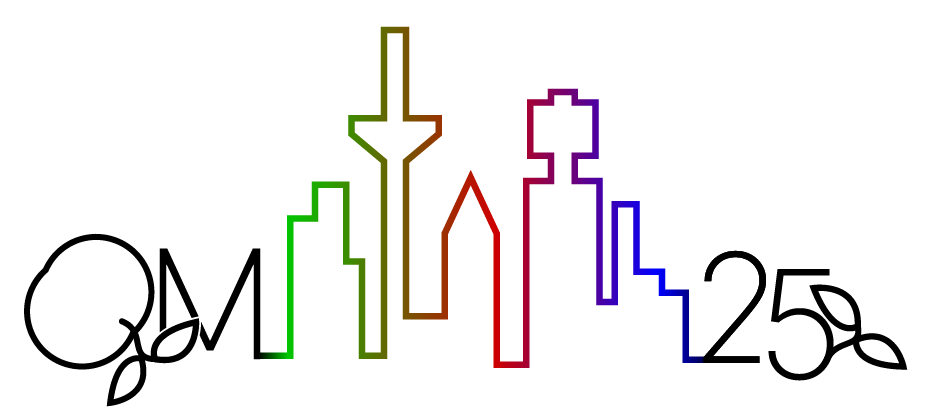Speaker
Description
A heavy quark-antiquark ($Q\bar Q$) pair can be produced in several pQCD processes, which impose different correlations between the $Q$ and $\bar Q$. Employing the recently advanced EPOS4HQ event generator, which contains these processes, we show that they explain the measured $D$$\bar D$ and $DD$ correlations and how they influence the $p_T$ distributions of open heavy flavor mesons in pp and AA collisions. It turns out that this influence is different for D and B mesons.
These correlations have also an influence on hidden heavy flavour mesons produced in pp collisions. To explore them we present a model of quarkonia formation based on the convolution between the Wigner densities, associated to the quarkonia eigenstates (excited states up to 3S states), and the Wigner density of the two-body $Q \bar Q$ pairs produced those collisions. This model allows to predict quantitatively the rapidity and $p_T$ distribution of ground states and excited states of charmonia as well as of bottomonia in pp collisions. We compare the results with experiments and identify the influence of the correlations. Finally, we extend the density matrix approach to study the production of $B_c$ mesons and compare our results with experimental data.
| Category | Theory |
|---|
